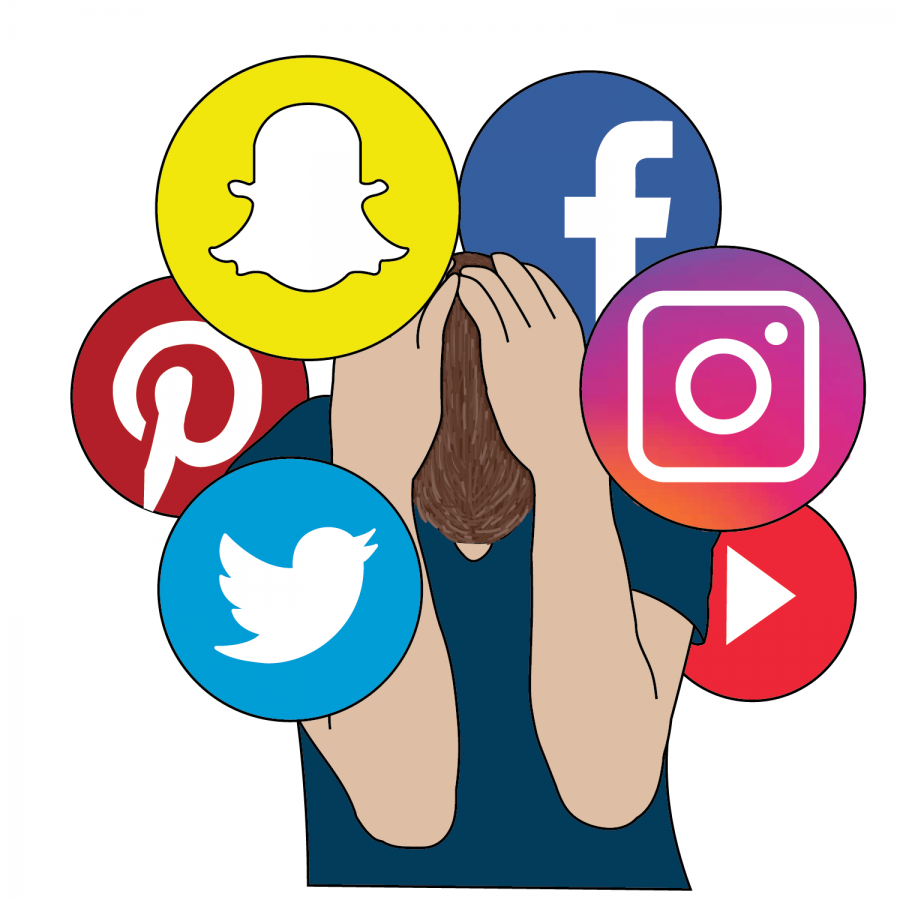By Tony Silber | From MediaPost
“The State Of Digital Advertising Is (Still) Bad,” ran a headline in MediaPostlast month.
This seems like the endemic narrative in ad tech, regardless of how much discussion and resources are dedicated to overcoming it.
If you’re paying attention, you’re reminded of it on nearly a daily basis. Truth No. 1, according to MediaPost writer Maarten Albarda, is that marketers have to accept that some percentage of their digital ad dollars will go to waste. Maybe they’ll reach nobody. Maybe they’ll pretend to reach someone. It’s likely they’ll reach the wrong people or otherwise go to waste.
And truth No. 2, Albarda continued, is that some crucial numbers are heading in the wrong direction. The ad platform Integral Ad Science reported in March that the U.S. is trending backwards on ad completion and time-in-view — while growing in ad fraud.
Then there was the story in the Wall Street Journal earlier this month about a specific instance of the lack of transparency in programmatic advertising. This, perhaps, is the core problem. According to the Journal and other outlets, the newspaper publisher Gannett provided inaccurate data to advertisers over a stretch of more than nine months, producing a situation where buyers’ ads were placed on websites where they hadn’t intended them to run.
The errors affected many instances of ad buying, an estimated billions of auctions, according to the Journal. And worse, the ad-tech companies involved in distributing the ads had enough information to identify the Gannett error, but they failed to connect the dots and alert the media company.
It begged the question that looms over all programmatic: What other major discrepancies has the industry been missing, whether they’re mistakes or intentional fraud?
“Those increasing ad fraud numbers?” MediaPost’s Albarda wrote. “As we have said many times before, ad fraud remains a game of whack-a-mole, and the incentives for the bad guys are simply too high to give up.”
And “let’s be brutally honest and remind ourselves what ‘completed’ means. It’s defined as this: ‘A display ad impression is considered viewable if at least 50% of pixels are on screen for at least one second after the ad has rendered. A video ad impression is viewable if the ad is playing while at least 50% of the pixels are on screen for at least two continuous seconds.’”
Perhaps it’s not surprising, then, that spending on “traditional advertising,” defined as commercials or ads in print, or on TV or radio, is increasing, according to a report in Harvard Business Review.
Research by the marketing and media consultant Ebiquity suggested that traditional media channels outperform digital channels in terms of reach, attention, and engagement relative to costs, HBR said. “This performance differential is amplified as costs of online advertising have increased, especially when accounting for impression, click, and conversion fraud — whereas the costs of traditional media have fallen. It simply makes good economic sense to rebalance spending away from digital clutter.”




